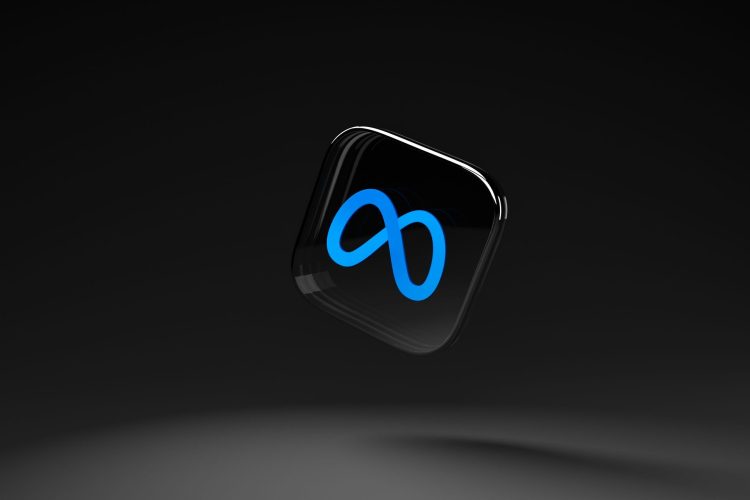Turning off Meta AI has become a very challenging process. In recent days, users of Facebook and Instagram have encountered a significant change: the integration of Meta AI.
This new feature, designed to assist users by enhancing the search and interaction capabilities within these platforms, has been met with mixed reactions. Despite its intended utility, many users find themselves inadvertently engaging with the AI, leading to frustration and confusion.
Meta continues to be on the agenda with its decisions. With the release of Meta AI, it was said that there would be an option to turn it off. But for now, this Meta AI turn off option does not work.
How to turn off Meta AI: Is it possible?
Meta AI does the work for you, learning, creating, and integrating with the platforms in the Meta group. Meta strives to be more functional than ChatGPT when describing its artificial intelligence. However, contrary to some user expectations and Meta’s ambiguous instructions, it is currently impossible to completely disable Meta AI on platforms like Facebook and Instagram. Users seeking to turn off the AI via settings will find no such option available, despite suggestions from the AI itself that such settings exist.
This misinformation is acknowledged on Meta AI’s help page, where it admits that “Meta AI’s responses may not be accurate or appropriate,” highlighting a significant gap between user control and automated assistance. But don’t worry, you still have workarounds to turn off Meta AI.

Workarounds to turn off Meta AI
For those looking to minimize their interaction with Meta AI, there are still ways to use the search functions traditionally. On Facebook, for instance, tapping the animated blue ring—formerly the straightforward search button—reveals a search bar that operates as it used to. Users can type in names or keywords, retrieving profiles and posts without AI interference.
Moreover, Meta AI does offer some benefits. It is integrated into Messenger and WhatsApp, enabling functionalities like content creation, image generation, and event planning. These features can enhance user experience by providing suggestions and ideas related to the content viewed.
The future of Meta AI
Despite the initial resistance from some quarters, the permanence of Meta AI seems assured. Meta has rolled out this feature across its various platforms, including beta testing on WhatsApp for real-time image creation from text. This broad integration underscores the company’s commitment to embedding AI deeply within its ecosystem.

The critical question moving forward is not if Meta AI will remain but how it will evolve and how users will adapt to its pervasive presence. Will the functionalities become more seamlessly integrated, or will user pushback lead to increased transparency and control options from Meta? Only time will tell, but for now, Meta AI is an inextricable part of the social media landscape, ready to assist, inspire, and occasionally frustrating.
The conspicuous absence of a straightforward shutdown button for Meta AI across platforms like Instagram, Facebook, and WhatsApp raises questions about Meta’s strategic objectives. Notably, by not allowing users an easy opt-out, Meta ensures continuous interaction with its AI. This forced engagement serves a dual purpose: it not only habituates users to AI-driven interactions but also functions as a subtle form of advertising.
By integrating AI so deeply within its platforms without an off switch, Meta effectively showcases and promotes its technological advancements to users who might not otherwise engage with such features. Every accidental or involuntary interaction with the AI increases data inflow to Meta’s servers, which in turn, refines the AI’s learning and effectiveness. Moreover, this strategy keeps users within Meta’s ecosystem longer, potentially increasing exposure to other monetizable content and features. This approach, while innovative, could be seen as a move towards prioritizing corporate interests and technological showcase over user preferences and control.
Featured image credit: Dima Solomin / Unsplash





